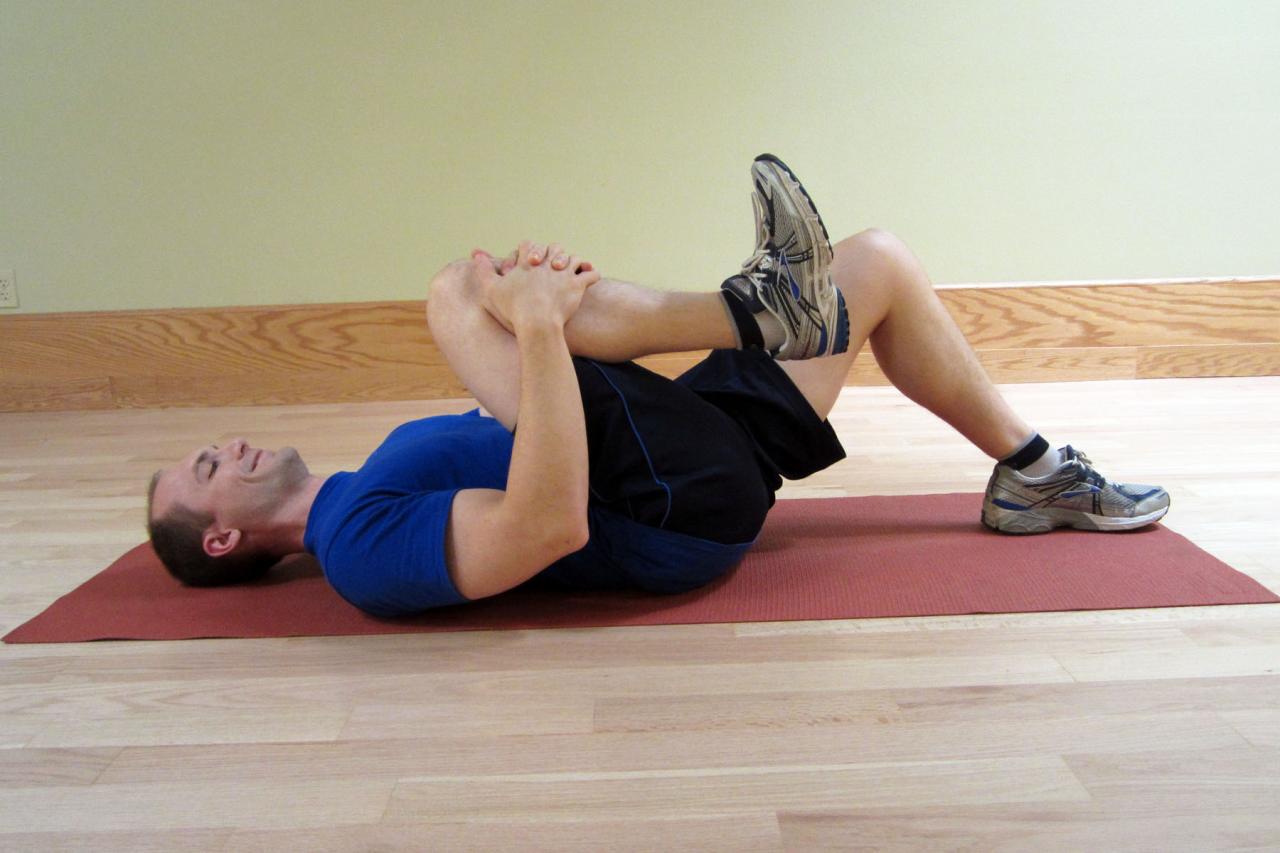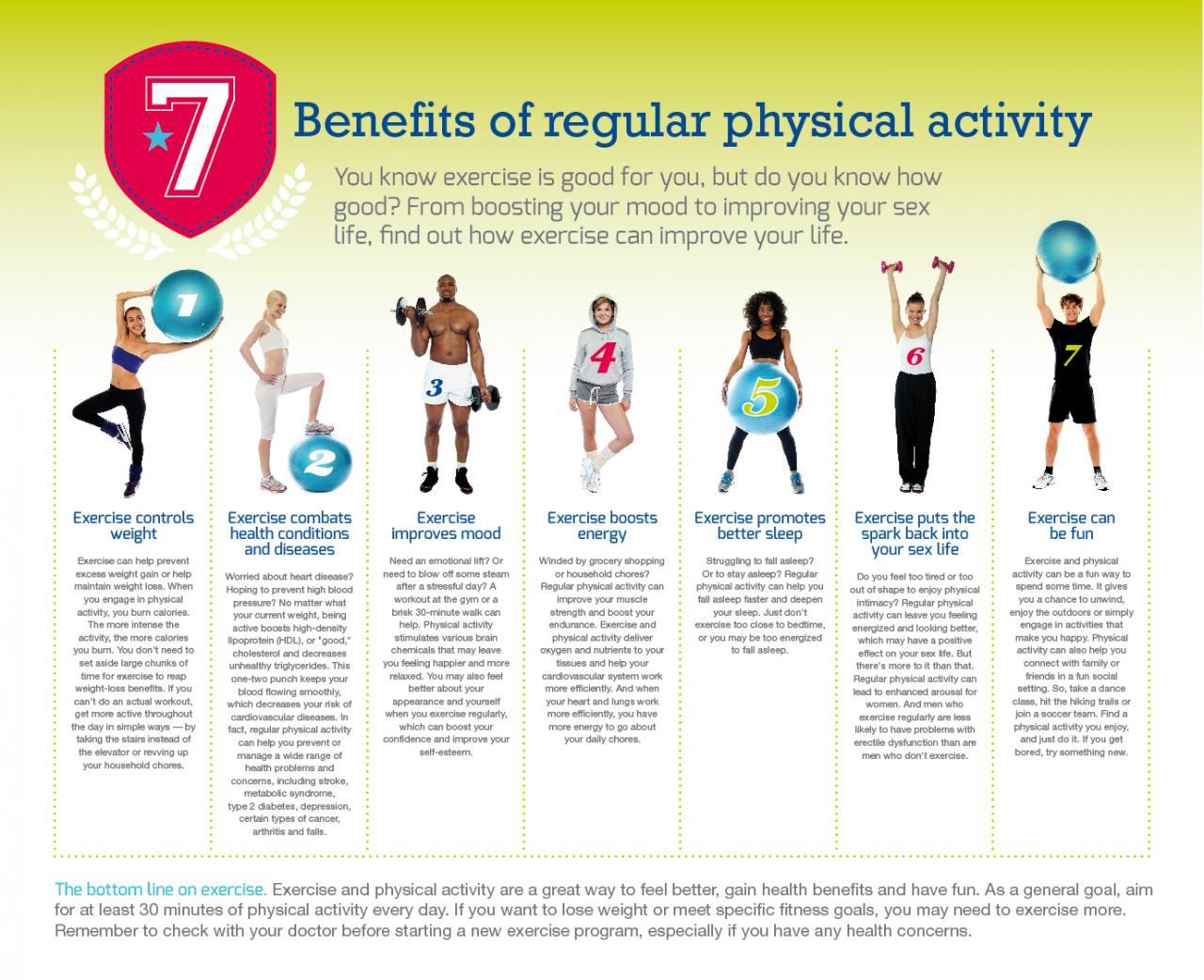
Explain why regular exercise is the best way to prevent flexibility issues. – Regular exercise is widely recognized as the most effective way to prevent flexibility issues. It helps maintain and improve flexibility, positively impacting muscle elasticity and joint mobility. Engaging in regular exercise promotes better posture, balance, and injury prevention, making it an essential component of a healthy lifestyle.
Different types of exercises contribute to flexibility, including dynamic stretching, static stretching, and yoga. Each type offers unique benefits, and a combination of these exercises can provide optimal results. Consistency and frequency are crucial for effective flexibility training, and incorporating warm-ups and cool-downs into exercise routines helps prevent injuries.
Benefits of Regular Exercise for Flexibility

Regular exercise is a cornerstone of maintaining and improving flexibility. By engaging in regular physical activity, you can enhance the elasticity of your muscles and increase the mobility of your joints.Specific exercises that promote flexibility include:
Dynamic stretching
Involves moving your muscles and joints through a full range of motion.
Static stretching
Holding a stretch for an extended period.
Yoga
A mind-body practice that combines stretching, breathing, and meditation.
Pilates
A low-impact exercise that focuses on core strength and flexibility.
For those who want to express their love in a different language, “Happy Mother’s Day” in German is “Frohen Muttertag.” This heartfelt greeting is sure to warm the hearts of German-speaking mothers everywhere.
Types of Exercise for Flexibility
Dynamic Stretching:
- Improves flexibility and range of motion.
- Can be done as part of a warm-up or cool-down.
Static Stretching:
- Improves flexibility and reduces muscle tension.
- Should be held for at least 30 seconds.
Yoga:
- Improves flexibility, balance, and posture.
- Can help reduce stress and improve sleep.
Pilates:
- Strengthens core muscles and improves flexibility.
- Can help improve posture and reduce back pain.
Incorporating Exercise into a Routine
Consistency and frequency are crucial for flexibility training. Aim for at least 30 minutes of flexibility exercises most days of the week. Warm up before stretching to prepare your muscles and cool down afterwards to prevent soreness.Sample exercise plan for improving flexibility:
Monday
If you’re experiencing back pain, it’s important to understand the potential causes. Stiff and tight back muscles can be a major contributor, leading to discomfort and reduced mobility. To address this issue, consider incorporating exercises that target these muscles into your fitness routine.
Dynamic stretching
Tuesday
Yoga
Wednesday
Rest
Understanding the connection between stiff muscles and back pain is crucial for effective treatment. Tight muscles can restrict movement, causing pain and discomfort. By addressing the underlying muscular imbalances, you can alleviate back pain and improve your overall well-being.
Thursday
Static stretching
Friday
Mothers everywhere deserve to be celebrated on their special day. From heartfelt wishes to thoughtful gifts, there are countless ways to show your appreciation. Remember to take some time today to honor the women who have made such a profound impact on your life.
Pilates
Saturday
Active recovery (light activity like walking)
Sunday
Rest
Flexibility in Daily Life
Flexibility benefits everyday activities by:
- Improving posture and balance.
- Reducing the risk of falls and injuries.
- Enhancing performance in sports and physical activities.
Incorporate flexibility exercises into daily routines by:
- Stretching before and after activities like gardening or housework.
- Taking breaks from sitting or standing for long periods.
- Doing gentle stretches while watching TV or reading.
Age-Related Flexibility Issues: Explain Why Regular Exercise Is The Best Way To Prevent Flexibility Issues.
Flexibility naturally declines with age due to factors like:
- Decreased muscle mass.
- Reduced collagen production.
- Joint stiffness.
Strategies for maintaining flexibility as we age:
- Engage in regular flexibility exercises.
- Stay active and avoid prolonged periods of inactivity.
- Consult a healthcare professional for personalized guidance.
Special Considerations

- Consult a healthcare professional before starting an exercise program, especially if you have any underlying health conditions.
- Stay hydrated by drinking plenty of water.
- Eat a healthy diet rich in fruits, vegetables, and whole grains.
- Overcome barriers to flexibility training by setting realistic goals, finding an activity you enjoy, and making it a part of your routine.
End of Discussion
As we age, flexibility naturally declines, but regular exercise can help mitigate this decline. Consulting a healthcare professional before starting an exercise program is advisable, especially for individuals with underlying health conditions.
Proper nutrition and hydration also play a vital role in maintaining flexibility. By overcoming common barriers and incorporating flexibility exercises into daily routines, individuals can reap the numerous benefits of improved flexibility throughout their lives.
Q&A
What are the benefits of regular exercise for flexibility?
Regular exercise helps maintain and improve flexibility by enhancing muscle elasticity and joint mobility.
What types of exercises promote flexibility?
Dynamic stretching, static stretching, and yoga are effective exercises for improving flexibility.
How often should I exercise to improve flexibility?
Consistency is key. Aim for at least two to three sessions per week dedicated to flexibility exercises.